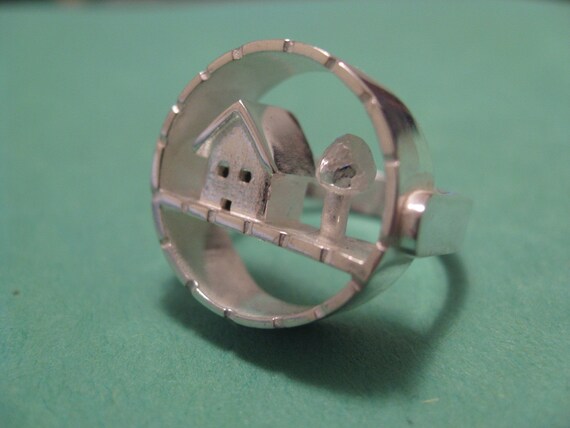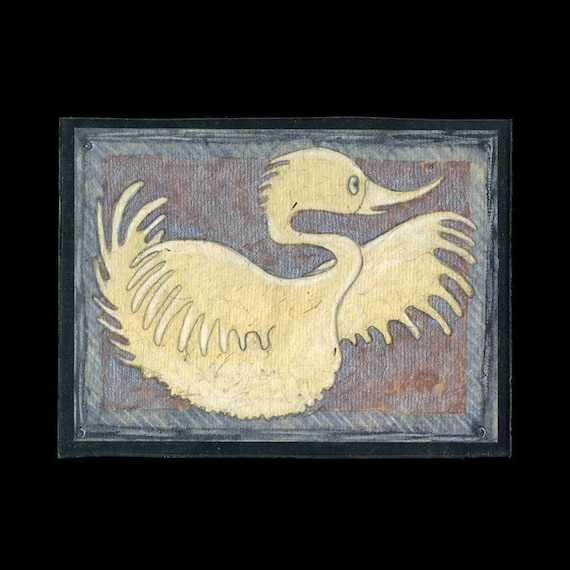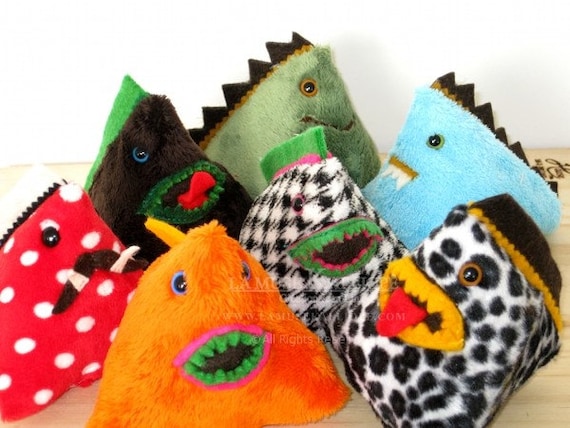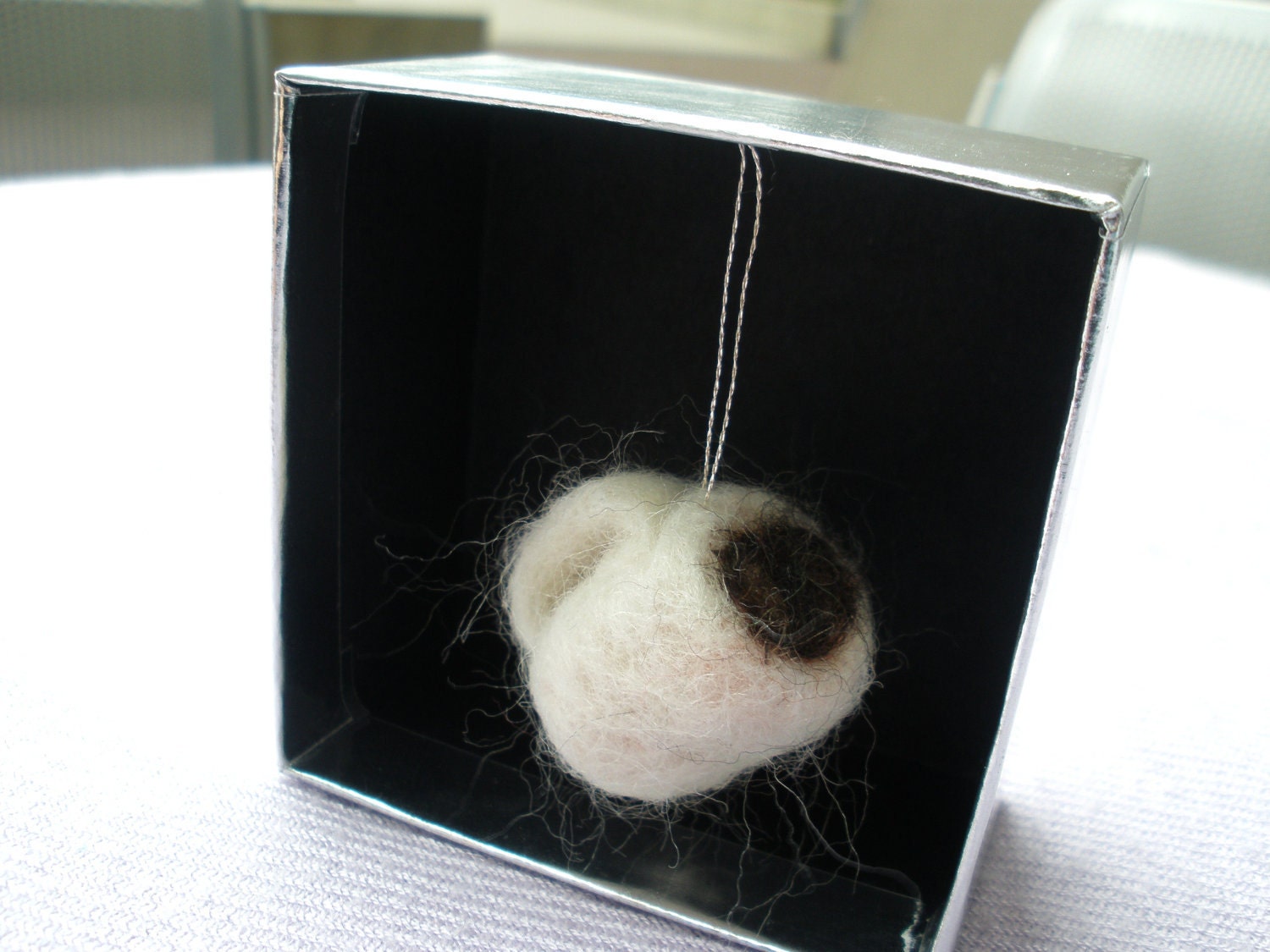Let's Get Small with the {NewNew}
One of my favorite museums in NYC is the Museum of Arts and Design (MAD). Located in Columbus Circle, it is a very manageable 4 floors of exhibits. What drew me was their current show entitled Otherwordly: Optical Delusions and Small Realities. It consists of "small-scale hand built depictions of artificial environments and alternative realities" aka dioramas and scale models. Something most of us made as kids, these are grown-up versions that are just breathtaking. Amy Bennett created a tiny hospital floor with different rooms and then makes paintings of her models. Oliver Boberg designed a city block of what looks like the Bronx, circa 1980s. Each diorama has a large photograph mounted near it and looking at them, you can't believe they are actually photos of models and not the real thing. I love hyperrealism as well as dioramas, so this exhibit was made for me.
Here are some NewNew artists' use of miniatures:
Aminyitray's Found Ossuary is just over 1.25 inches tall! What a unique necklace this would make.
 Wear a complete suburban dream complete with picket fence on your finger with JDavisStudio's amazing sterling silver ring!
Wear a complete suburban dream complete with picket fence on your finger with JDavisStudio's amazing sterling silver ring!
 This mini original art by LookCloselyPress will be just the right think to brighten up that little space!
This mini original art by LookCloselyPress will be just the right think to brighten up that little space!

Tiny, magical dragons by LaMuseKalliope can help make your wishes come true. Click here to see how!
 For us caffeine-lovers, ProjectsbyCarm has created a teensy felted coffee and hot chocolate ornament!
For us caffeine-lovers, ProjectsbyCarm has created a teensy felted coffee and hot chocolate ornament!
 Until next time, say hello to the johnny-jump-ups (the gorgeous mini pansies)!
Until next time, say hello to the johnny-jump-ups (the gorgeous mini pansies)!

LuCrafts
Here are some NewNew artists' use of miniatures:
Aminyitray's Found Ossuary is just over 1.25 inches tall! What a unique necklace this would make.
 Wear a complete suburban dream complete with picket fence on your finger with JDavisStudio's amazing sterling silver ring!
Wear a complete suburban dream complete with picket fence on your finger with JDavisStudio's amazing sterling silver ring! This mini original art by LookCloselyPress will be just the right think to brighten up that little space!
This mini original art by LookCloselyPress will be just the right think to brighten up that little space!
Tiny, magical dragons by LaMuseKalliope can help make your wishes come true. Click here to see how!
 For us caffeine-lovers, ProjectsbyCarm has created a teensy felted coffee and hot chocolate ornament!
For us caffeine-lovers, ProjectsbyCarm has created a teensy felted coffee and hot chocolate ornament! Until next time, say hello to the johnny-jump-ups (the gorgeous mini pansies)!
Until next time, say hello to the johnny-jump-ups (the gorgeous mini pansies)!
LuCrafts



































